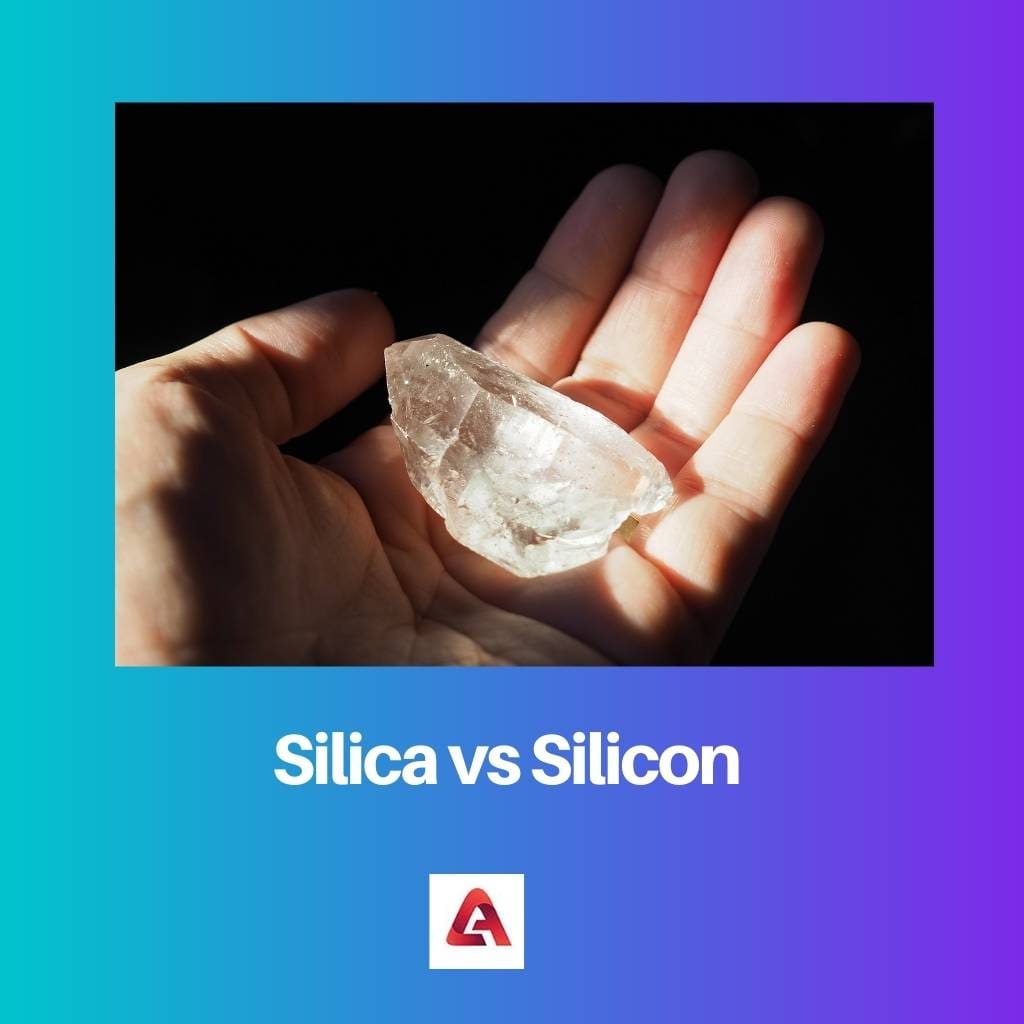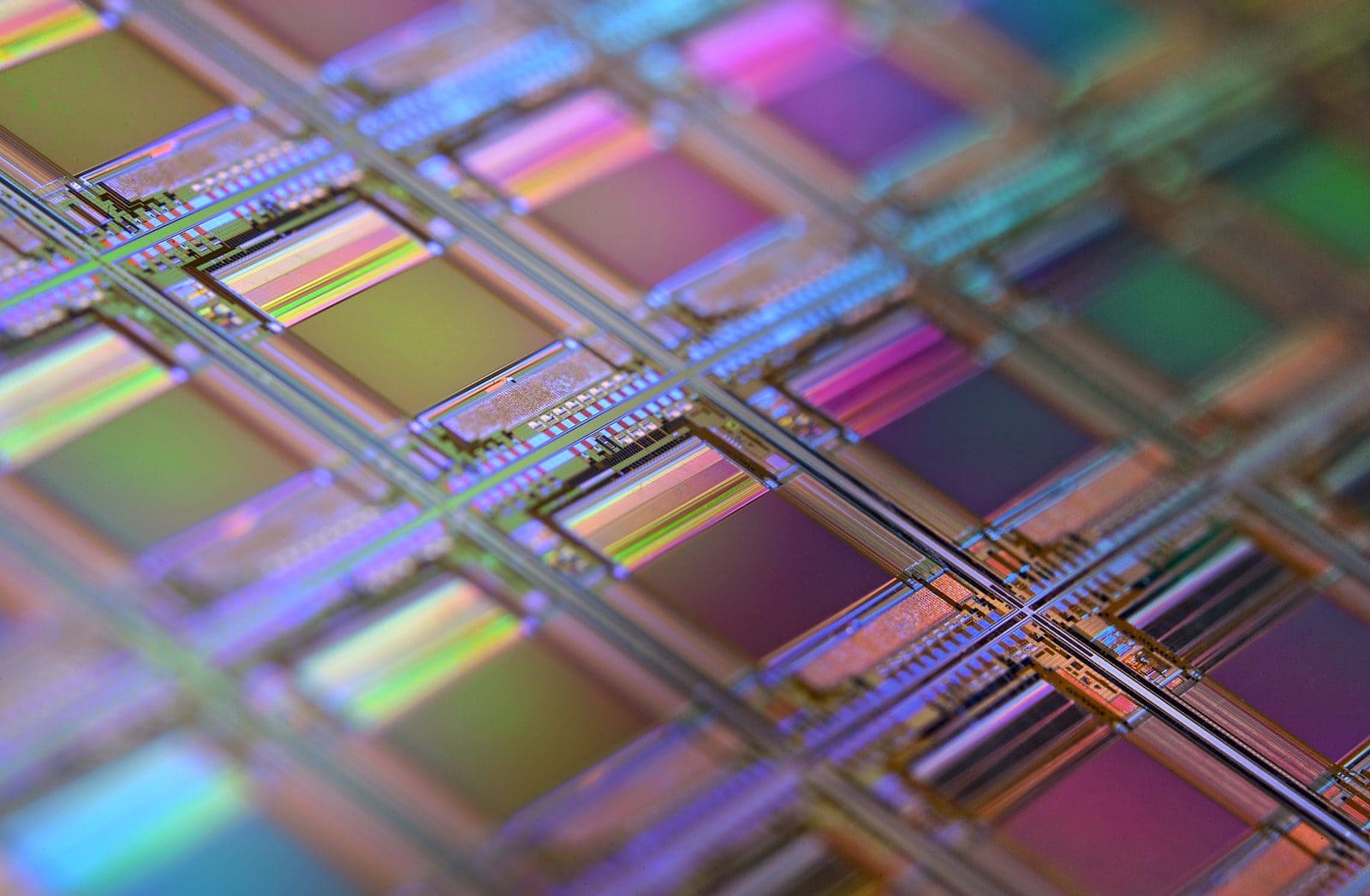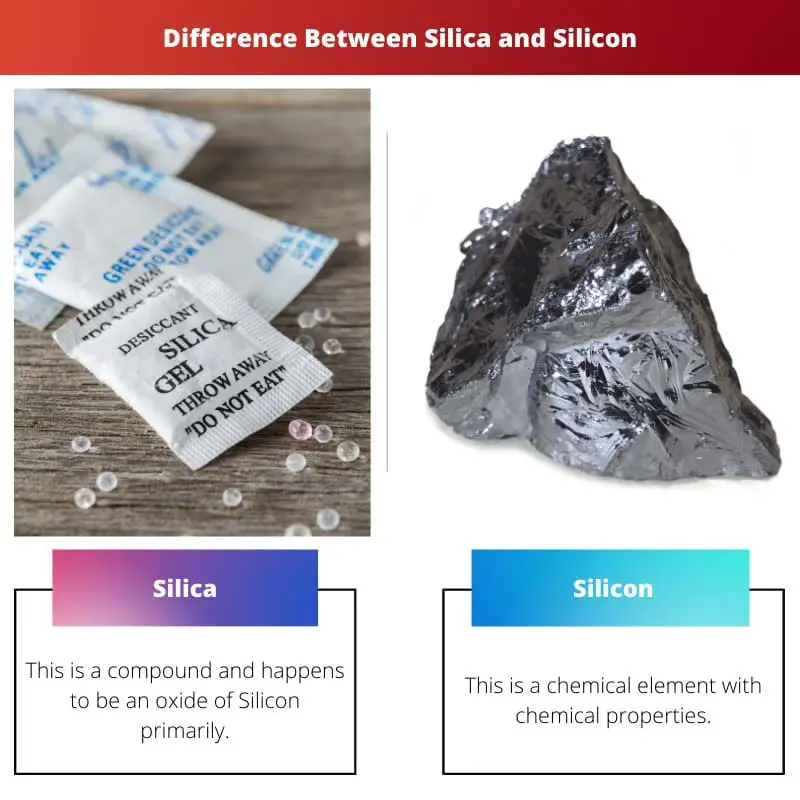Chemistry is an interesting subject in itself as it consists of many chemicals, compounds, and other substances that contribute to the smooth functioning of the whole world.
But certain substances under the purview of this subject happen to be in such a manner that we tend to confuse them. It may be due to their identical names or their identical properties.
But each and every substance carries its unique identity and makes up the whole world. Such two terms are Silica and Silicon.
Due to the similarity in their name, these two are used interchangeably by many people. But in reality, these carry a lot of differences in many aspects.
Key Takeaways
- Silica is a compound of silicon and oxygen, while silicon is a chemical element with the symbol Si.
- Silica is a natural mineral commonly found in rocks and sand, while silicon is produced chemically.
- Silica is used in various industries, including construction and electronics, while silicon is primarily used in the semiconductor industry to make computer chips.
Silica vs Silicon
The difference between Silica and Silicon is that the former comes into existence due to the chemical reaction between the atoms of Oxygen and Silicon and happens to be a compound in itself. In contrast, the latter happens to be an element rather than a compound and can be noticed lying inside the crust of the earth. Not only this, but there are many other aspects that differentiate these two terms from one another, upon which this article shall be shedding light.

Silica is another name that commonly refers to a chemical compound named Silicon Dioxide.
The chemical formula for this compound happens to be SiO2, and it can easily be found either in the form of hard and solid mineral bodies or inside the bodies of living organisms on the planet Earth.
While Silicon, on the other hand, is an element, not a compound like Silica. It is not just any regular element but a chemical element. The symbol for it is Si, and it has 14 as its atomic number.
Some people call the 21st century the age of Silicon because of its involvement in the production of chips.
Comparison Table
| Parameters of Comparison | Silica | Silicon |
|---|---|---|
| Status | This is a compound and happens to be an oxide of Silicon primarily. | This is a chemical element with chemical properties. |
| Origin | It comes into existence by a chemical chain of reactions between oxygen and silicon atoms. | It can be found naturally present at many places, such as the earth’s crust and living organisms. |
| Discovered by | Discovered by a Swedish chemist named Jons Berzelius in the year 1824. | Although, this was discovered in the year 1787 by a scientist named Antoine Lavoisier. But it gained its current name and recognition in the year 1817 by Thomas Thomson, who was a Scottish scientist. |
| Uses | This has the following uses- Used in microelectronics as an electrical insulator used in the pharmaceutical industry Used in the food industry. | This has the following uses- Used in making stones and clay-based on silicone Used in electronic chips at a minor quantity Used in preparing concrete and construction material. |
| Electricity conduction | This cannot conduct electricity. | This can conduct electricity due to being a chemical element. |
| Melting point | 1713 Celsius happens to be its meting point. | 1414 Celsius happens to be its meting point. |
What is Silica?
In the year 1824, a Swedish scientist named Jons Berzelius discovered this compound and told the whole world about its presence and significance.
However this was present in the world from the very inception of time, but the major fame came after it was discovered.
Another name for this compound is Silicon Dioxide, and its chemical identity is SiO2. As the chemical formula for this compound suggests, it is made up of atoms of oxygen and silicon.
This can majorly be found in the sand all over the world. Many industries, such as the pharmaceutical industry, food industry, and electrical industry, use this compound to manufacture and finish their end products.
This compound, however, is not able to conduct electricity and has a melting point of 1713 Celsius. This is a compound and happens to be an oxide of Silicon primarily.
It comes into existence by a chemical chain of reactions between oxygen and silicon atoms.

What is Silicon?
In the language of chemistry, Silicon is known as Si and has a chemical number 14 attached to it. However, this was discovered in the year 1787 by a scientist named Antoine Lavoisier.
But it gained its current name and recognition in the year 1817 by Thomas Thomson, who was a Scottish scientist.
Primarily this compound is used in making stones and clay based on silicone, in electronic chips at a minor quantity, and in preparing concrete and construction material.
This can conduct electricity due to being a chemical element and has a melting point of 1414 Celsius which is less than the melting point of Silica.
The 21st century is widely called the Silicon Age or the age of Silicon for the fact that this compound, when it exists in its natural unrefined and unprocessed states, is used in a very less quantity in the chips of computers and mobiles and many more devices.
This is nothing but a revolution in itself.

Main Differences Between Silica and Silicon
- Silica is a compound and happens to be an oxide of Silicon primarily. While on the other hand, Silicon is a chemical element having the number 14 and the sign Si.
- Silica cannot conduct electricity; however, Silicon, on the other hand, is a great conductor of electricity.
- 1713 Celsius happens to be Silica’s meeting point. While on the other side, Silicon has a melting point of 1414 Celsius. This means that it is easier to melt Silicon in comparison to Silica.
- Silica has three major uses in microelectronics as an electrical insulator, used in the pharmaceutical industry, and used in the food industry, while the main uses of Silicon are used in making stones and clay-based on silicone, used in electronic chips at a minor quantity, used in preparing concrete and construction material.
- Silica was discovered by a Swedish chemist named Jons Berzelius in the year 1824. In contrast, Silicon was discovered in the year 1787 by a scientist named Antoine Lavoisier.



